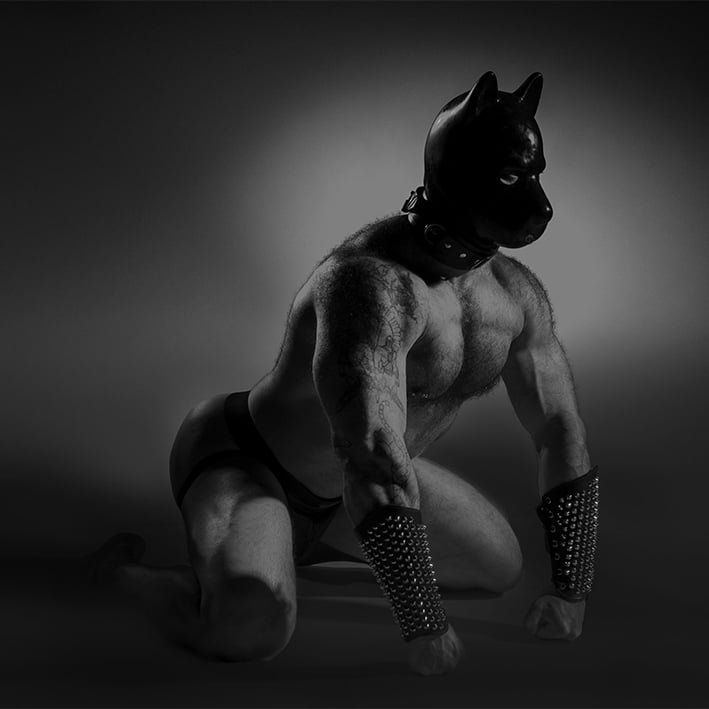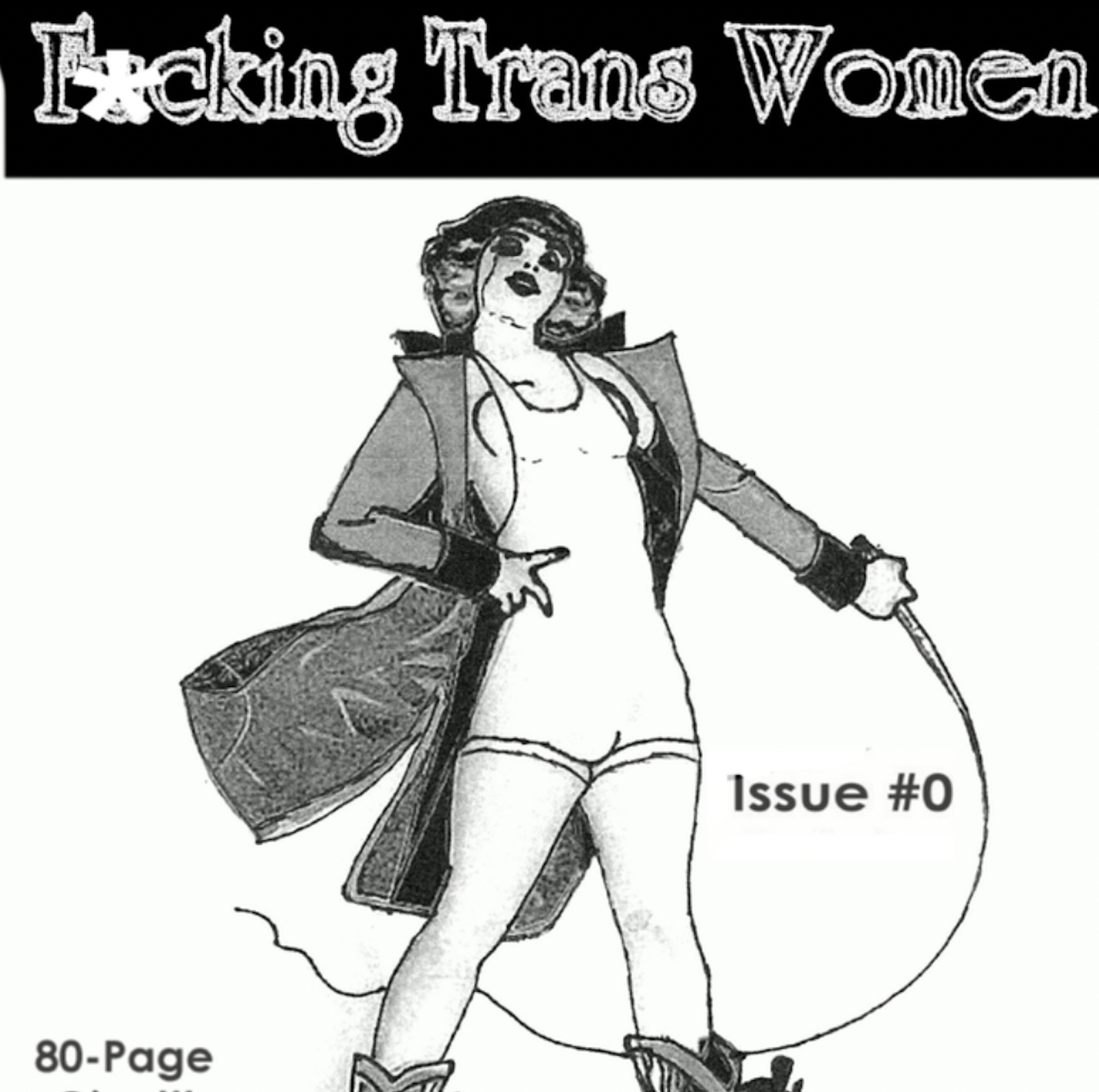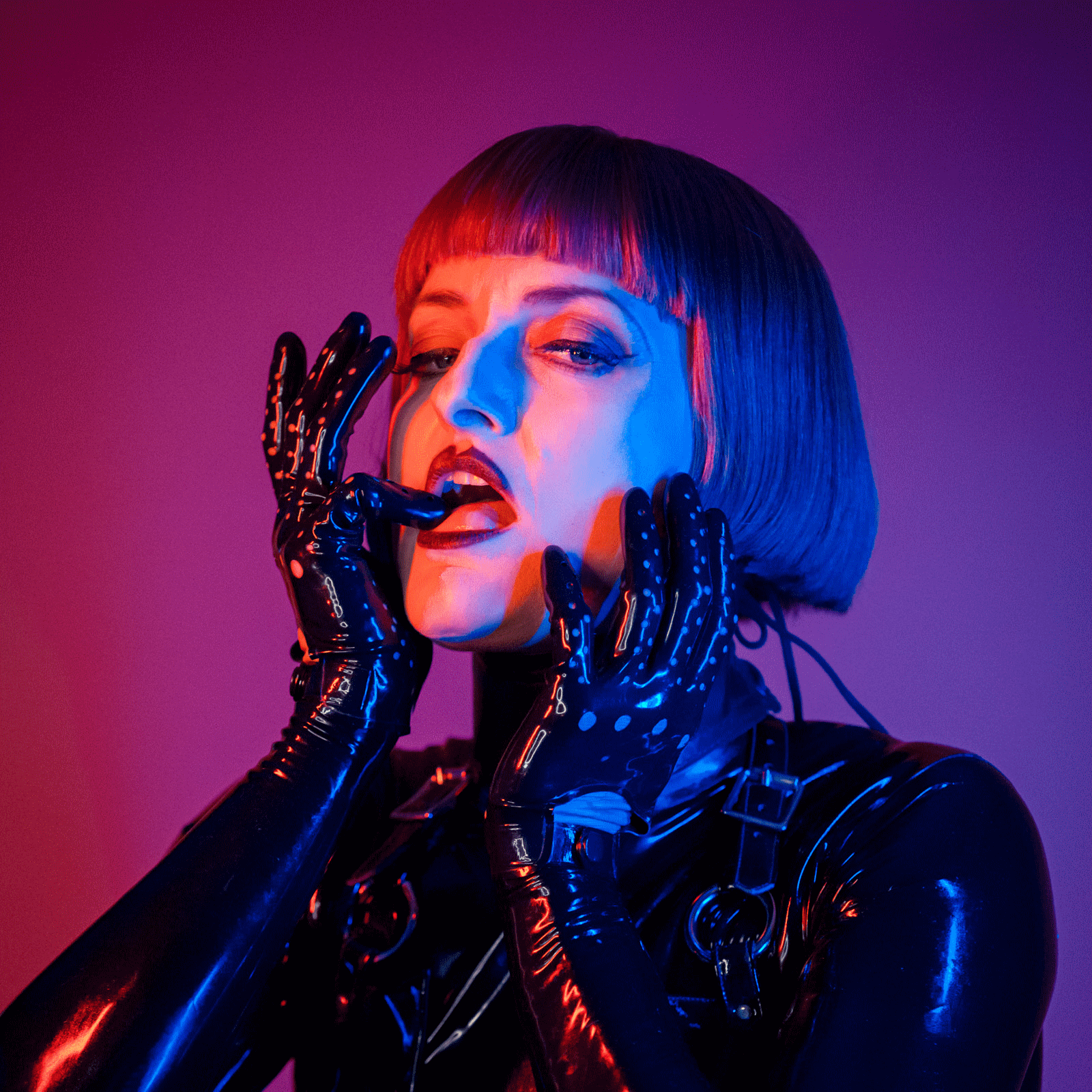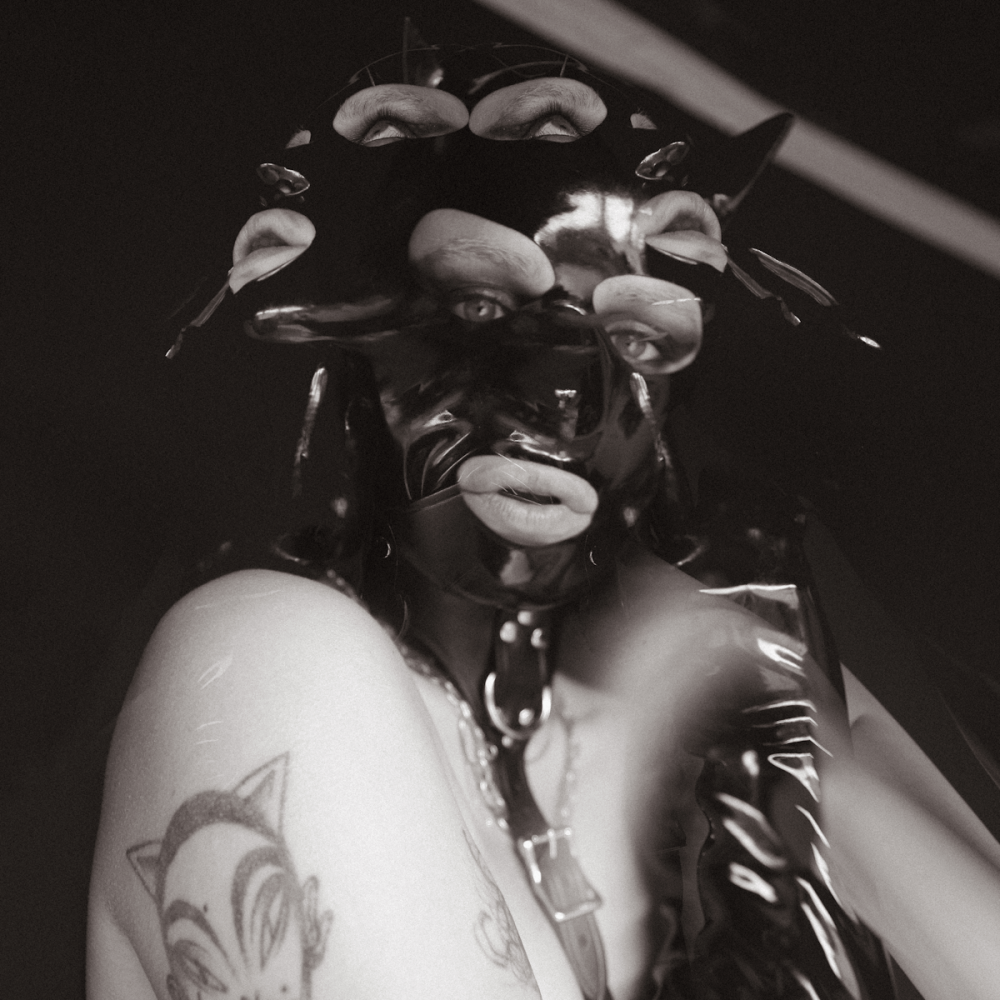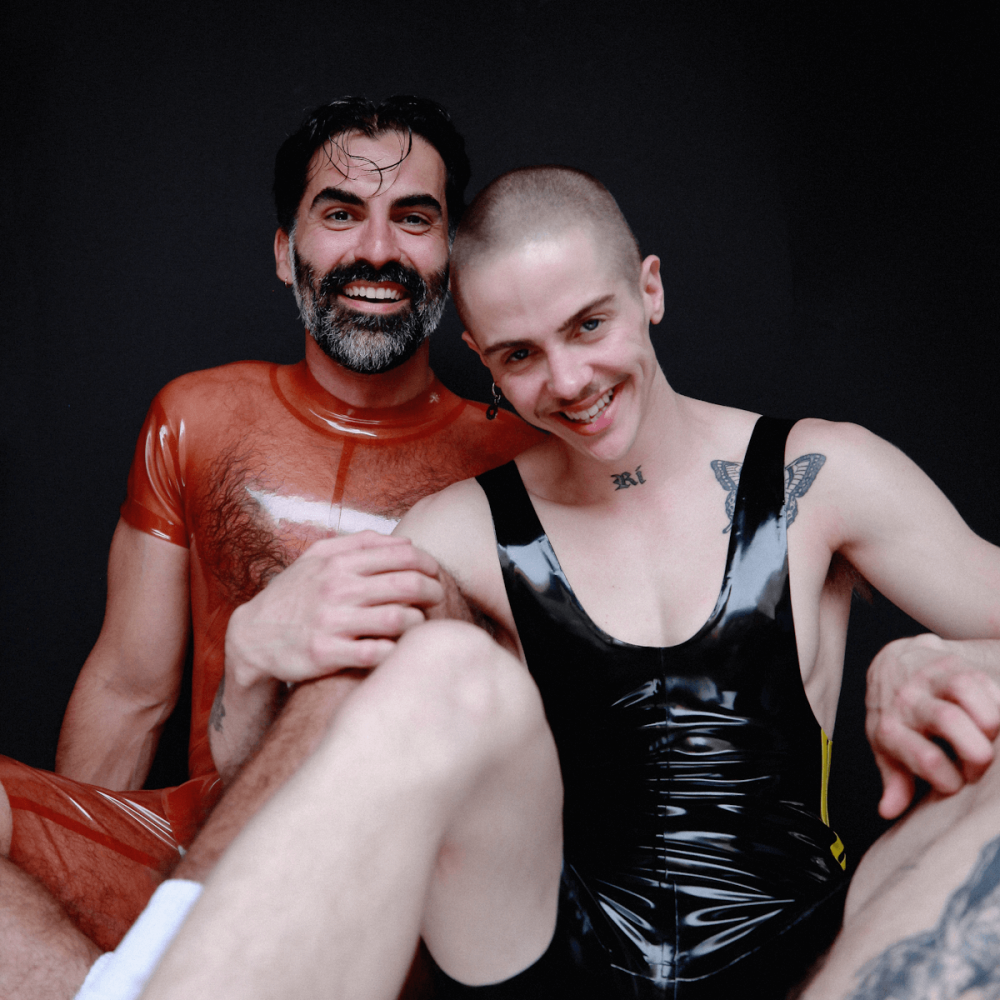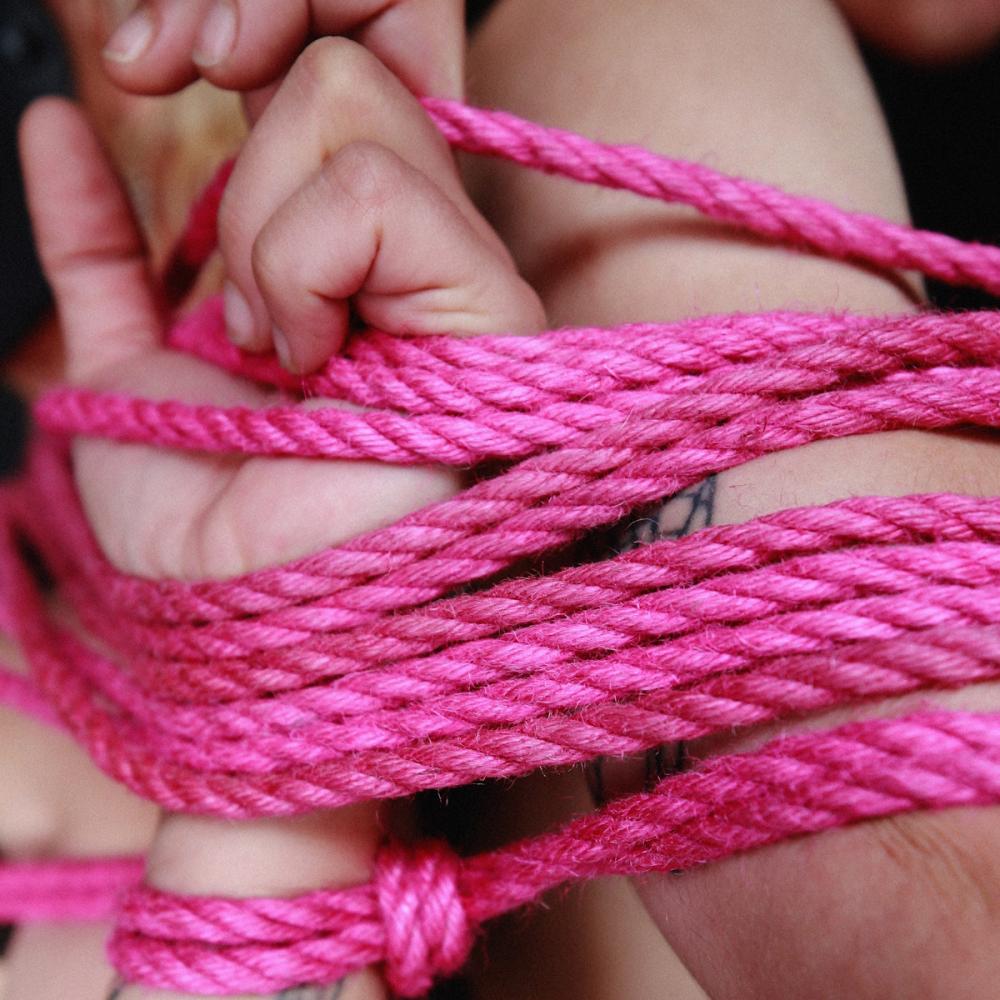Breaking Stigmas: "I Could Never Date a Bi-Guy"
- By Josh McKenzie
- 14 Jan 2022

"I could never date a bi-guy. I need to be with someone who knows what they want."
A gay friend once said this to me. He just blurted it out over a beer. Maybe he thought I had a crush on him or something. Who knows? I could tell there was no malice intended, he was just regurgitating one of the too often believed stereotypes about bisexual+ folk that make us undatable to 44% of Australians, but knowing that didn’t take the sting out his words.
For bi+ folk, experiences of casual biphobia within the queer community are all too common. Whether it’s bi+ woman being ridiculed for not meeting the ‘gold star’ standards of lesbian culture or bi+ couples being dismissed as straight when in a hetero-presenting relationship; biphobia often churns away unnoticed by those it doesn’t directly impact and bubbles up to the surface in conversations with people we care about for those it does. It’s not a big deal though, right?
The Who We Are study, performed by the Australian Research Centre in Sex, Health and Society, found a direct link between poor mental health outcomes and bisexuality. According to the study, bisexuals are more likely to experience serious anxiety and depression issues, resort to self-harm and experience suicidal ideation, to name just a few areas where bi+ mental health outcomes are poorer than those of our gay and lesbian peers. These issues only worsen when bisexuality is intersected with gender diversity and race, both of which are often overlooked when conducting studies of the bisexual+ community, and sexuality more broadly.
Several ideas were floated about why this occurs, but essentially it came down to the most common forms of biphobia––invisibility and identity invalidation, which are essentially two sides of the same coin. Interestingly, the results showed those in heterosexual presenting relationships fared far worse in relation to mental health outcomes than those bi+ folk who were in same-sex presenting relationships. This finding is a new addition to the growing research on mental health outcomes for the bi+ community and seems to indicate that feelings of ‘not being queer enough’ can have a serious impact on the mental health of bisexual identifying individuals. Taken as a whole, the results show that bisexuals are at a greater risk of internalising the stereotypes often flung at them from both the heterosexual and homosexual communities, and this results in a unique and compounding kind of discrimination felt by those who cross the borders of conflicting worlds.
It is worth mentioning at this point, highlighting the challenges bi+ folk face with mental health is in no way meant to diminish the real threat of violence experienced by gay, lesbian and transgender folk. It is merely meant to highlight that some forms of symbolic violence can manifest with real life impacts in the form of mental health issues. It’s also worth noting, bi+ folk are not excluded from homophobic or transphobic violence, not only is the bi+ community comprised of a large number of trans folk, but those in our community who do not ‘pass’ as straight are often subjected to the same kinds of homophobic and transphobic discrimination as gays and lesbians, and that is in addition to the whole range of biphobic experiences we face. The best of both worlds, huh!
Whilst reading the Who I Am study I was reminded of the impacts that my own experience of biphobia has had on me over the years, particularly relating to my mental health. To shine a light on how a seemingly small experience of identity invalidation can have a lasting impact, let me share another story with you. It was about six years ago. I was at The Oxford Underground in Sydney, at a party called .darkroom. At some point during that magical hour between 4 and 5 am when a party starts to thin out––people deciding whether to call it a night or look for a kick-on/hook-up––I retreated to the smokers upstairs. A random guy joined me after a few minutes and asked for a lighter. I happily obliged. His smiling face was familiar, but I couldn’t quite place where I’d seen him before. As I got to the end of my smoke it dawned on me, he was a performer I’d seen at The Bearded Tit a few weeks prior.
 After realising he was queer, I also noticed he was extremely hot. Emboldened by the booze, I struck up a conversation and sparked another cigarette. After a bit of banter, I randomly blurted out that he should come home with me. Surprisingly, he agreed. We were sitting on the front step of my Darlinghurst apartment smoking a post-fuck cigarette. Daniel next to me on the stoop. His hair sweat-stuck to the side of his face. The conversation somehow came around to how I’d just ended a heterosexual relationship to explore my bisexuality. Daniel smiled.
After realising he was queer, I also noticed he was extremely hot. Emboldened by the booze, I struck up a conversation and sparked another cigarette. After a bit of banter, I randomly blurted out that he should come home with me. Surprisingly, he agreed. We were sitting on the front step of my Darlinghurst apartment smoking a post-fuck cigarette. Daniel next to me on the stoop. His hair sweat-stuck to the side of his face. The conversation somehow came around to how I’d just ended a heterosexual relationship to explore my bisexuality. Daniel smiled.
‘So, you’re bisexual? Sure babes, we all were at some point.’ That was what he said to me. At the time, I had no idea how to respond. His scepticism echoed in my mind, was I really bisexual? Or was I in fact gay? I had spent a considerable amount of time wondering this myself. But I had been in love with several women. Despite that, there had always been this niggling desire for men scratching at the back of my mind. And now a gay man was telling me that bisexuality wasn’t real, it was just a phase gay men go through before finding the courage to truly come out.
It might seem strange for someone who is monosexual to understand the confusion that surrounds bisexuality because sexuality is often something people just know (born this way etc.) but when the very existence of what fits best for you is invalidated, is rendered invisible, is said to not exist, you can be left feeling lost and confused. Perhaps the worst part of biphobic experiences like this, apart from the impacts they can have on one’s mental health, is that biphobia is not regarded as having the same level of seriousness as other forms of LGBTIQA+ discrimination because there continues to be a perceived privilege associated with bisexuality as a result of its ‘closeness’ to heterosexuality.
To be fair, we have come a long way in the six years since I had that doorstep discussion with Daniel. And maybe it was the circumstances that surrounded my coming out, how they appeared to fall into that stereotypical depiction of ending a relationship with a woman to explore my sexuality, I can’t be sure. It did get me thinking though, what are some ways we can work to make bi+ folk feel a little more included within the queer community?
The first step has to be understanding that bisexuality is real, whether or not it is for you. It’s clear Daniel had a phase where he identified as bisexual on his journey to discovering his homosexuality, and that is fine; but it would be wise to not project those experiences onto others. We need to always keep an open mind to the possibility that the experiences of others will not always reflect our own. And that’s OK.
It is also important to remember that our words carry weight. Daniel probably doesn’t even remember our conversation, and yet here I am still trying to process the knock-on effects of those words’ years later. What might be a throwaway joke for you could be something that sends a friend into a spiral of self-doubt and anxiety. This becomes particularly relevant when discussing issues we might not have the greatest knowledge about. Be caring. Listen. And speak from a place of compassion. We could all do with reminding of that from time to time.
Finally, another way to help the bi+ community feel more included in the rainbow family is to work to make queer spaces more inclusive for bi+ folk. Maybe avoid giving side-eyes to a hetero-presenting couple the next time you’re at a drag show, their queerness is not limited to the ways you read them. Another good way to increase bi+ inclusion would be to add bi+ artists/performers to your events and shows. This will not only raise awareness but will also allow those who identify as bi+ to feel more welcome in your space. It is important when curating events to consider the (dis)ability, femme, trans and POC inclusion of your line-up, so why not make bisexual+ representation something you consider too.
These are just a few small ways the queer community could help to embrace those who identity as bi+. With the disparity in mental health outcomes between gay and lesbians and bi+ folk, these small acts of inclusion could go a long way in making the bi+ community feel a little more a part of the rainbow family. And a little less like a silent B.
Blog image curation by Carlos Mantilla: 'Bisexuality' and 'Don't Fence Me In' Artwork by Matto Lucas.
Josh Mckenzie is a freelance writer, aspiring author, and producer and DJ at Melbourne queer party Blankë POP. You can find him on Instagram & Facebook


